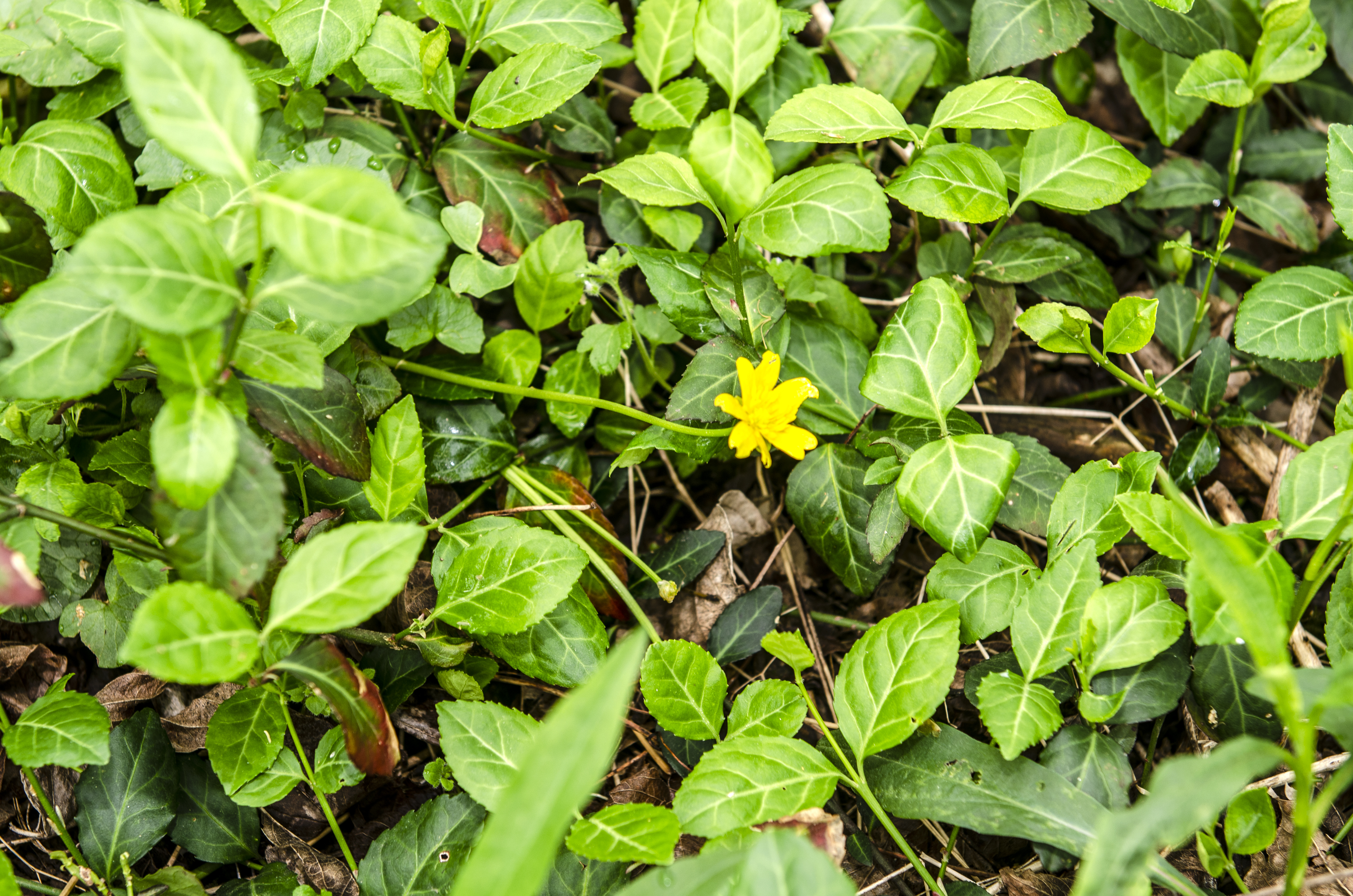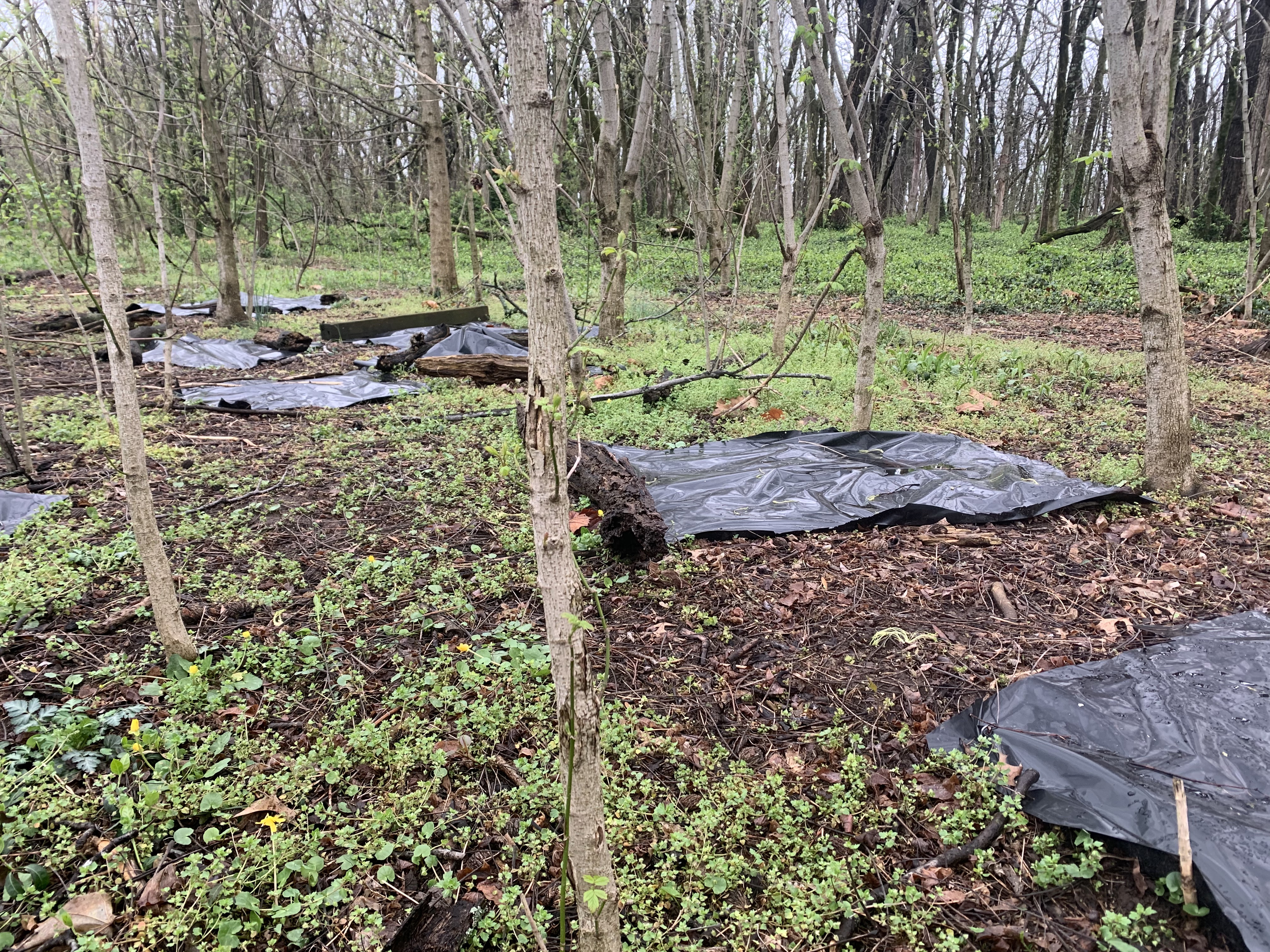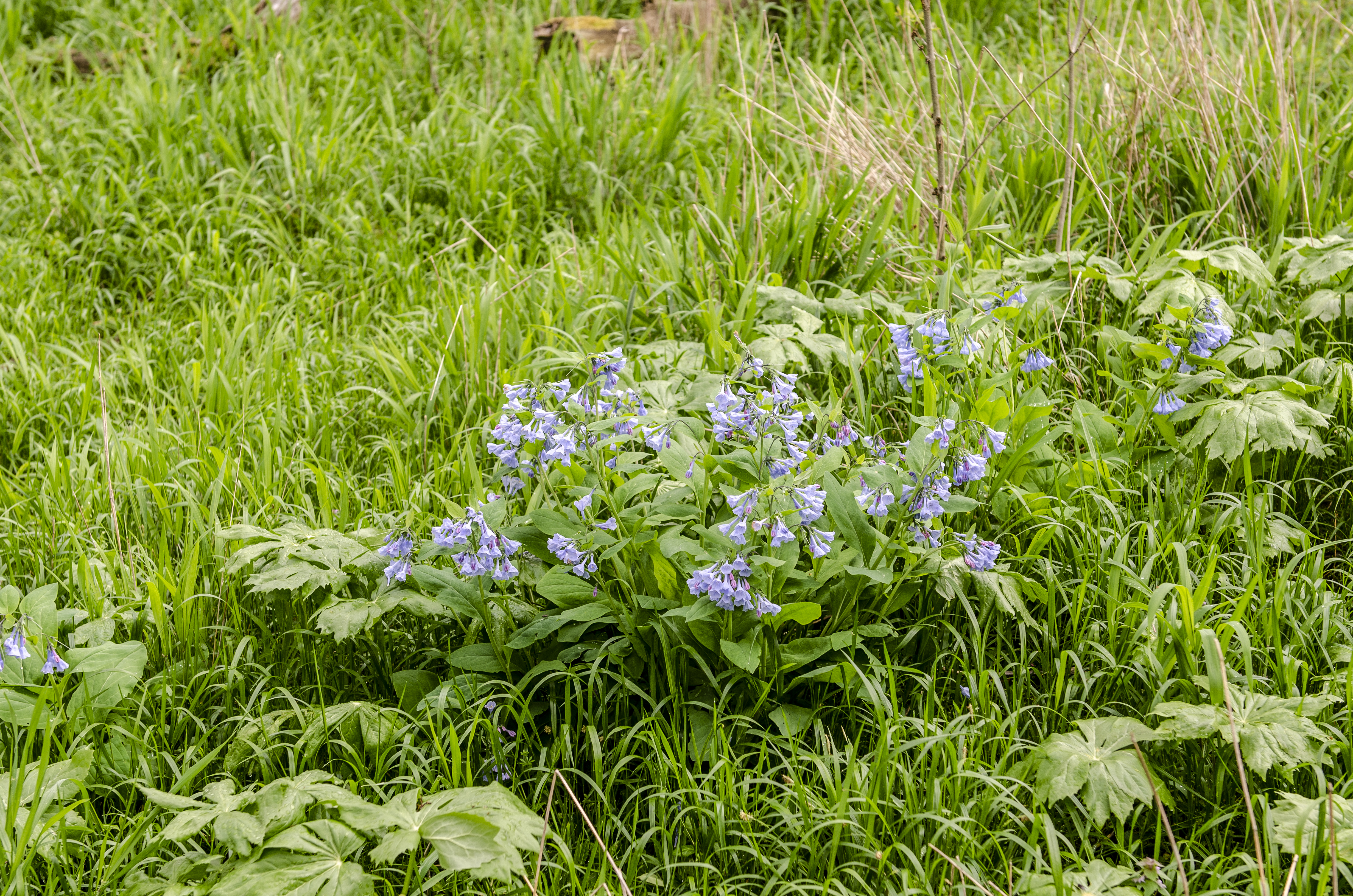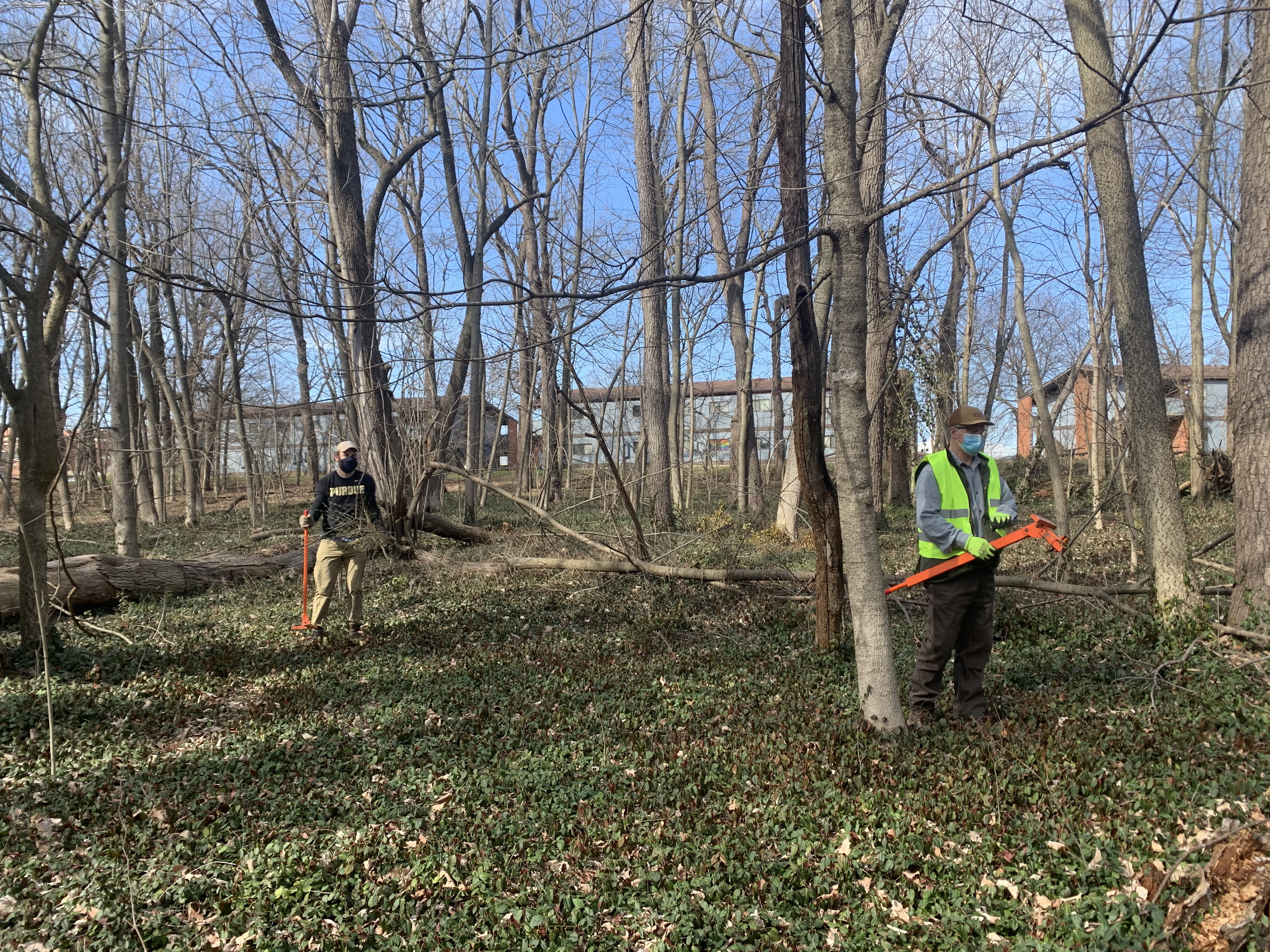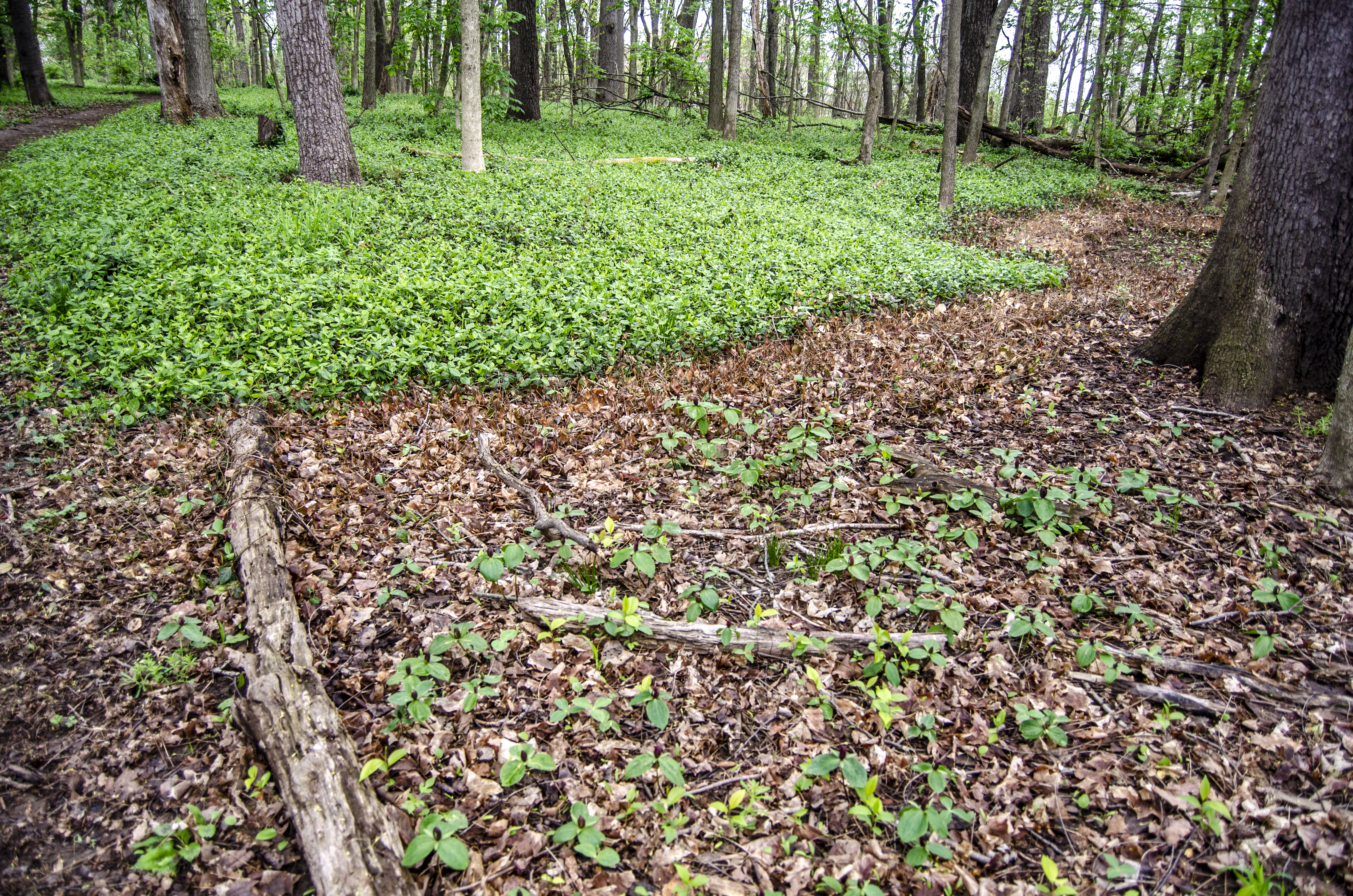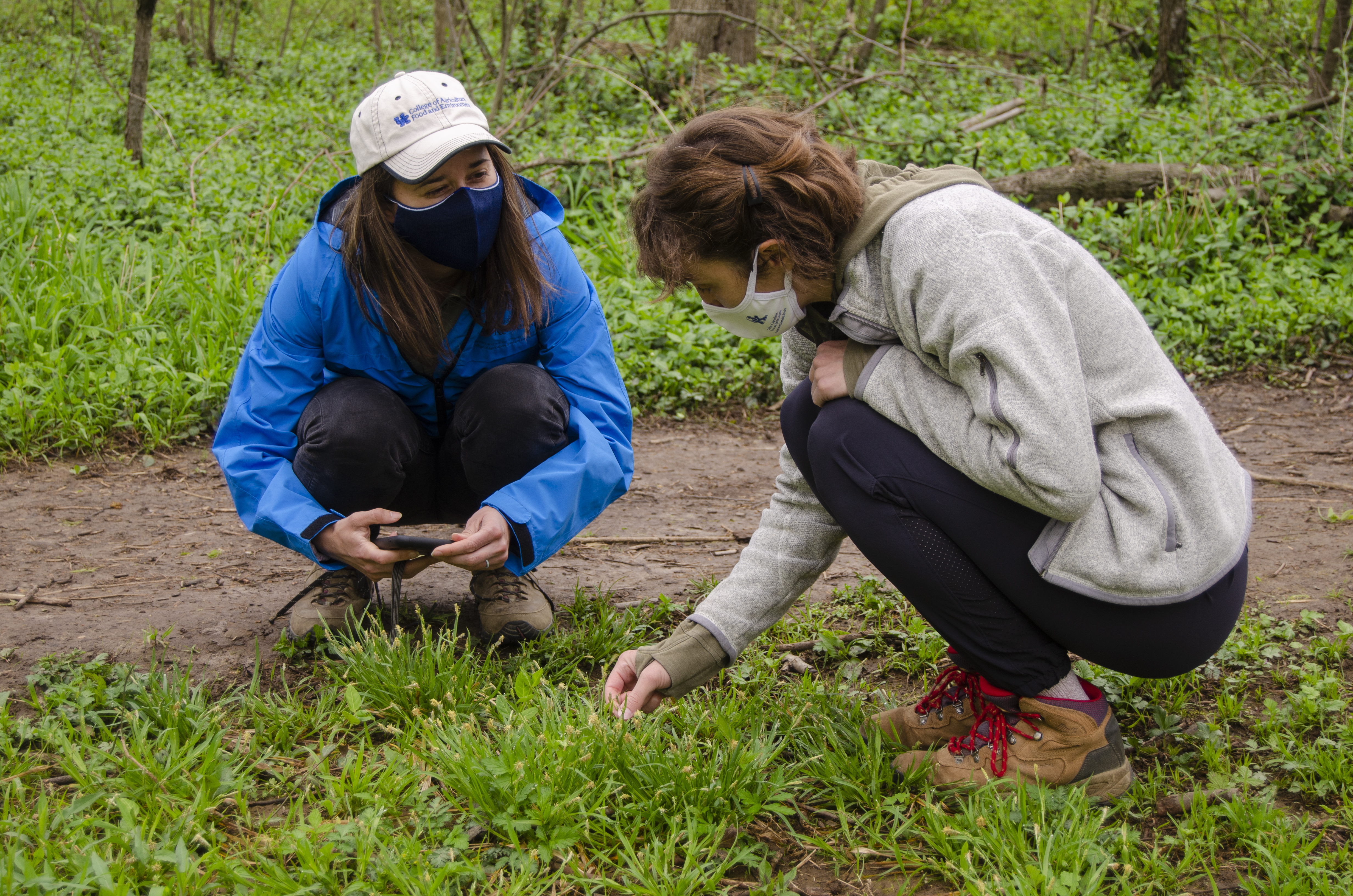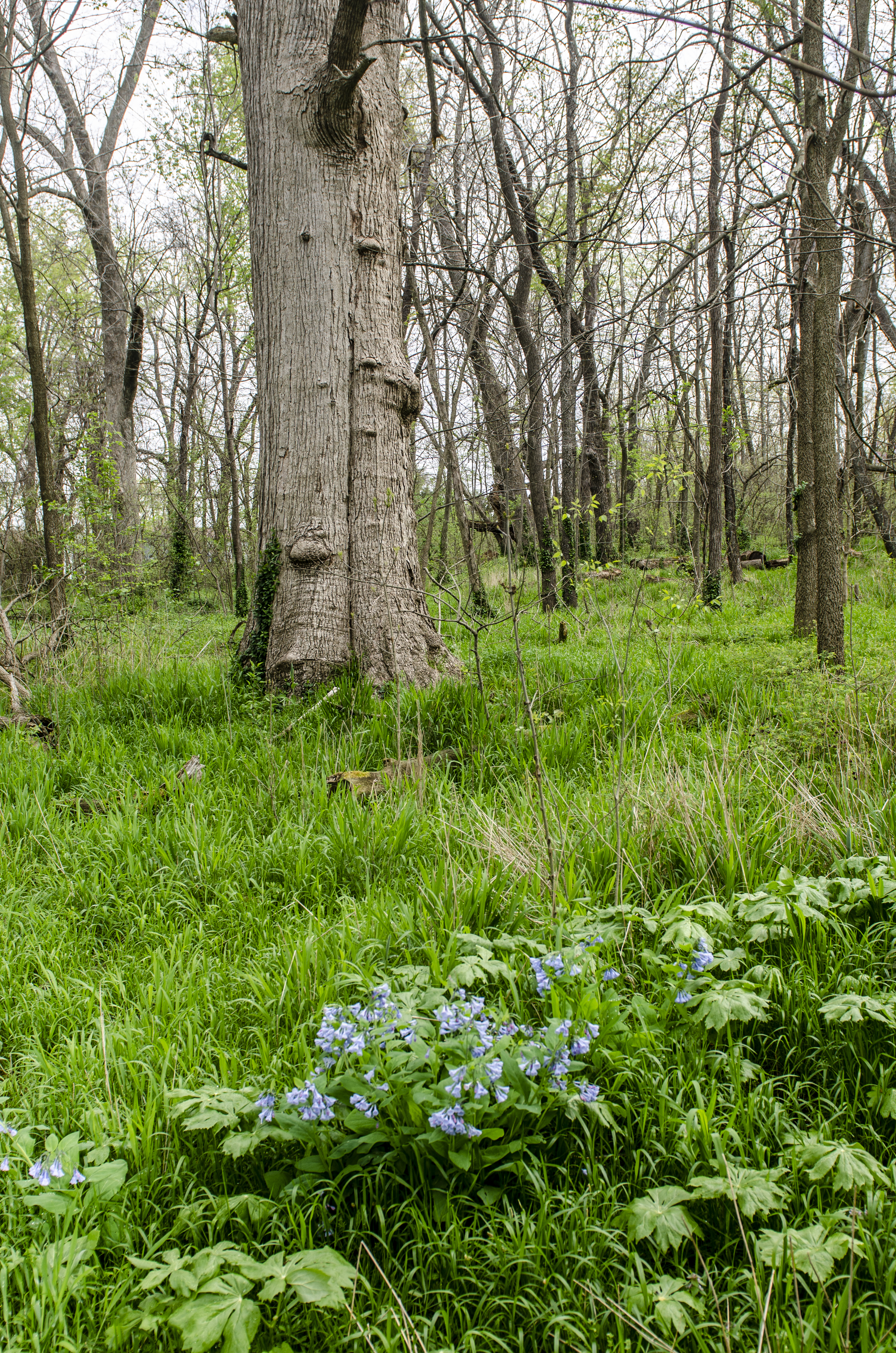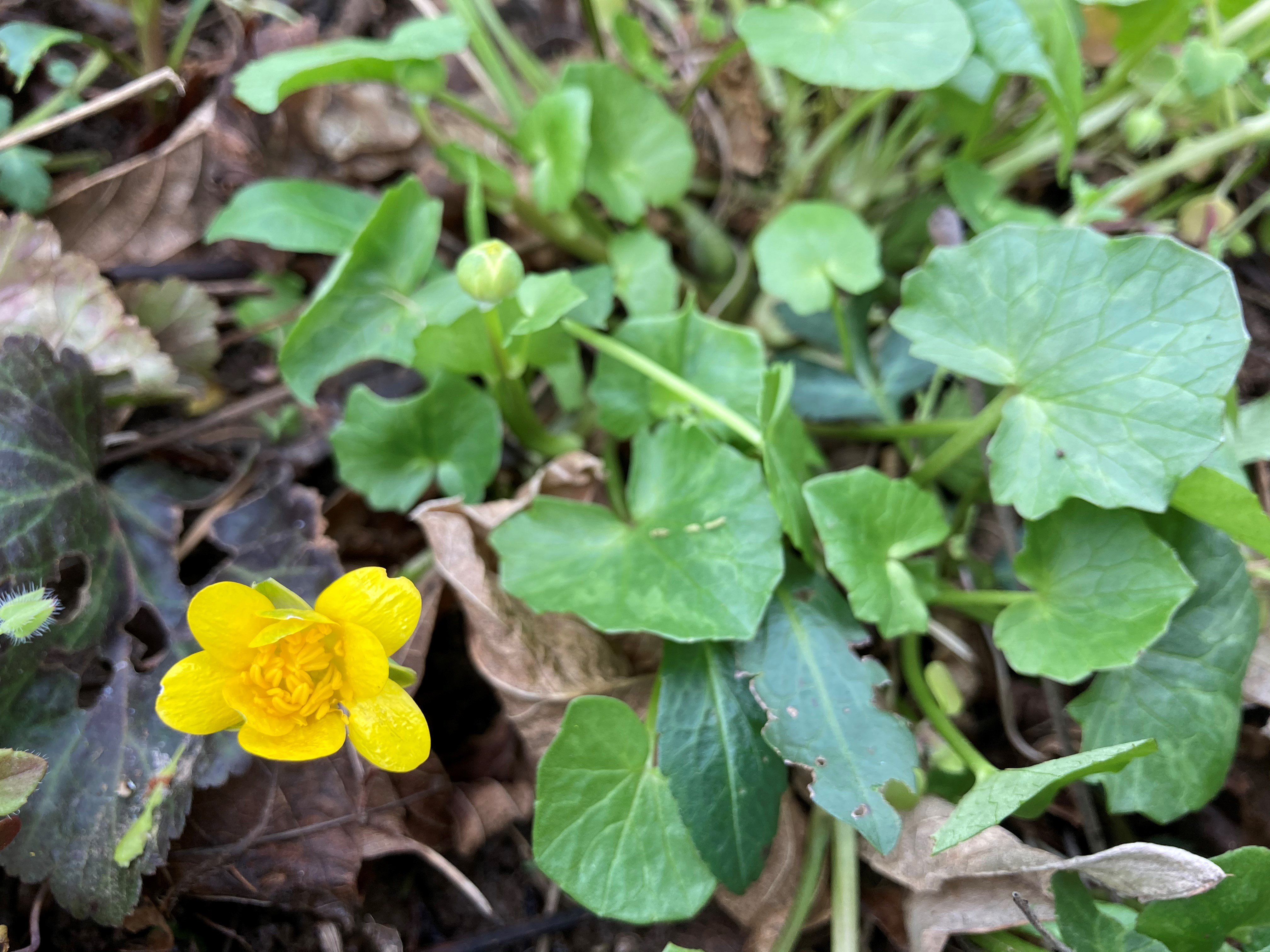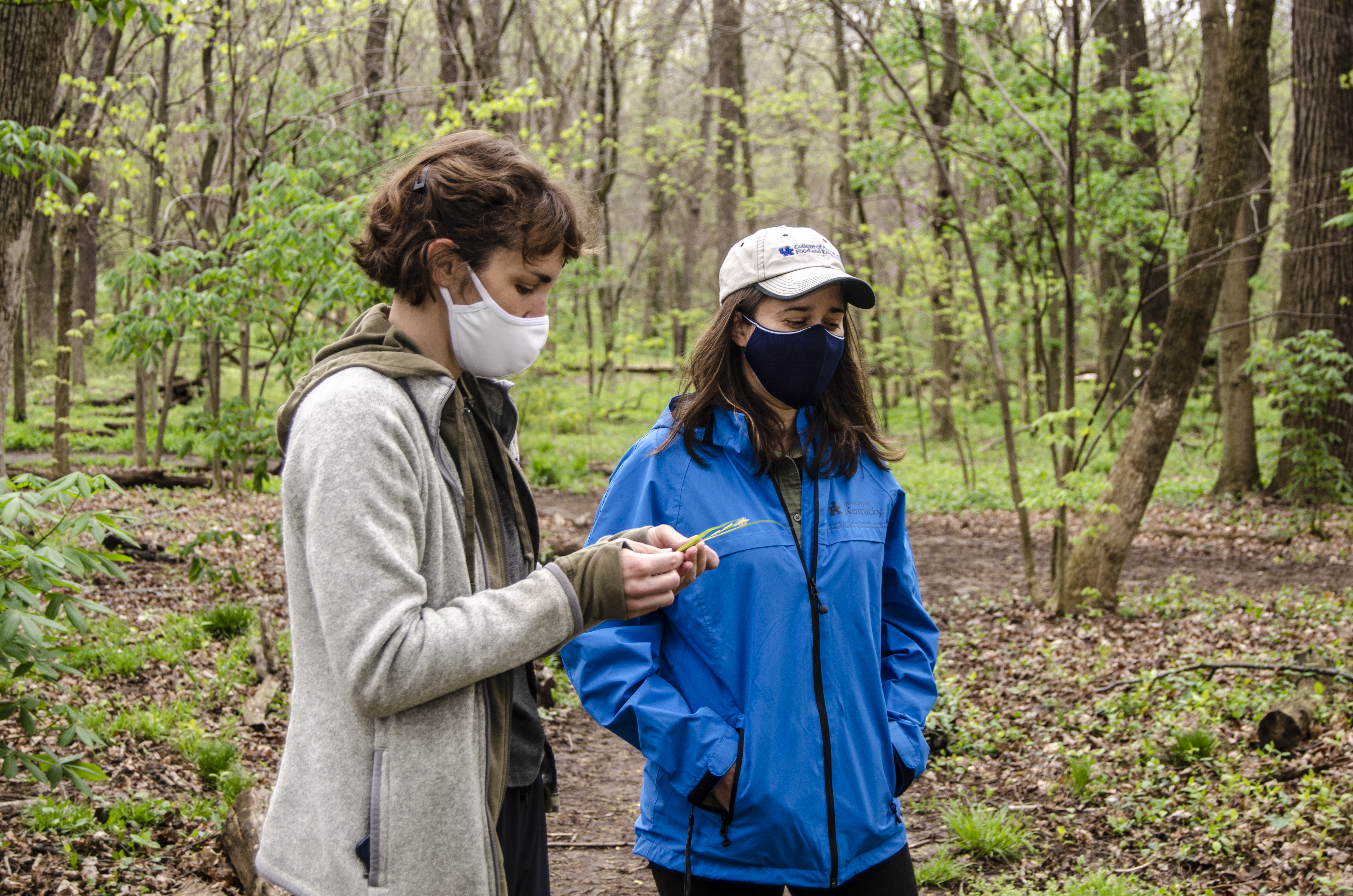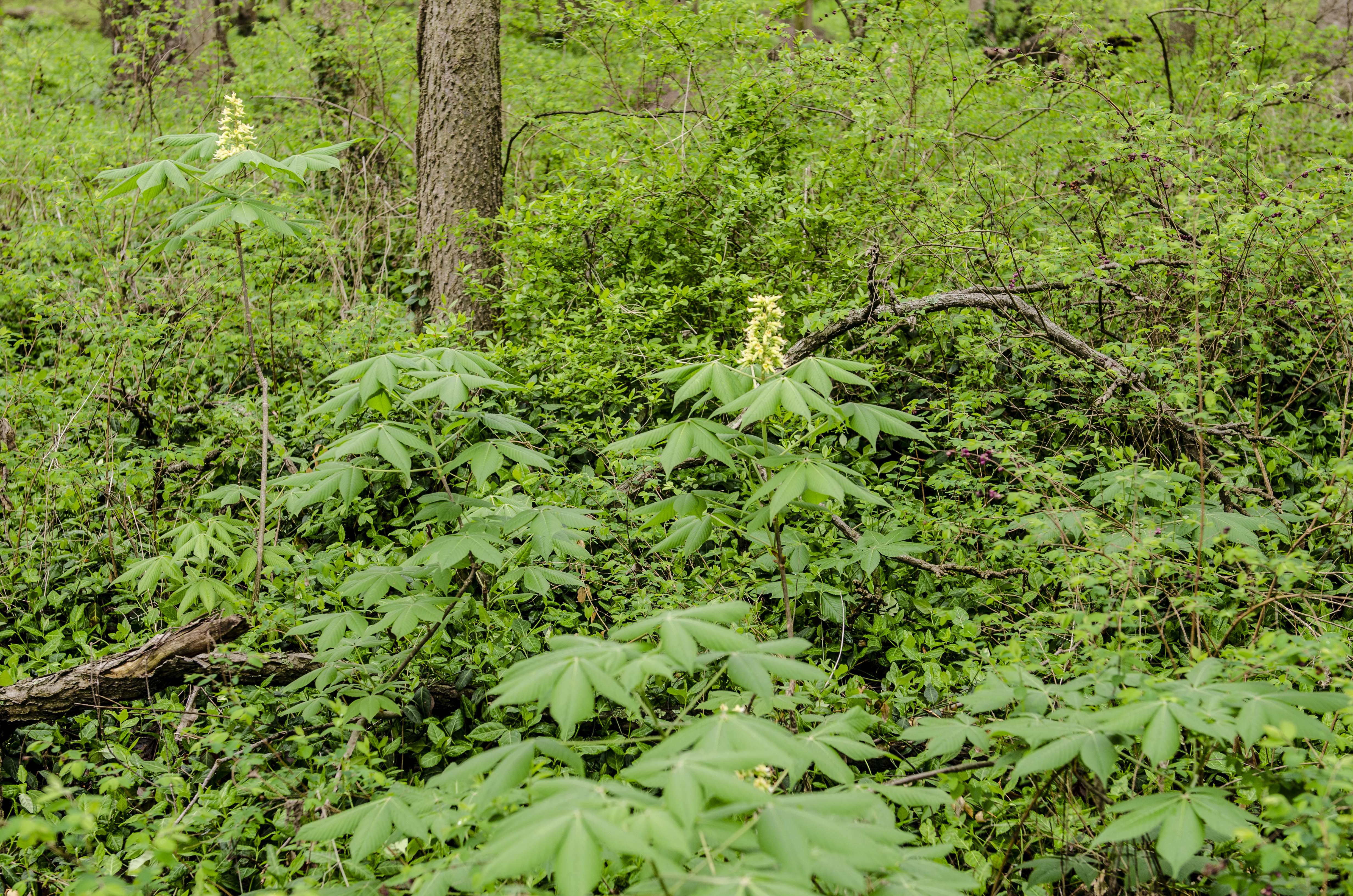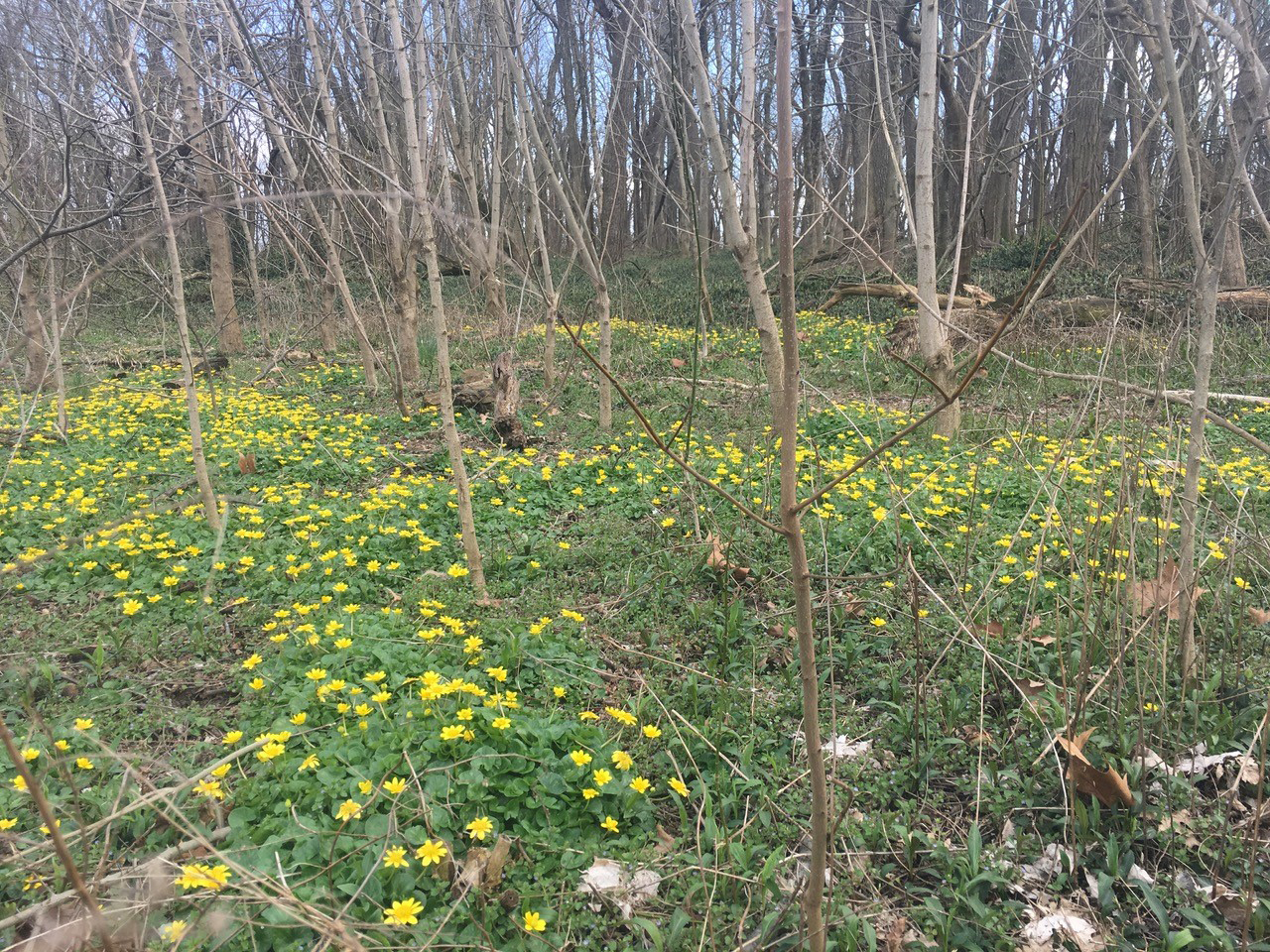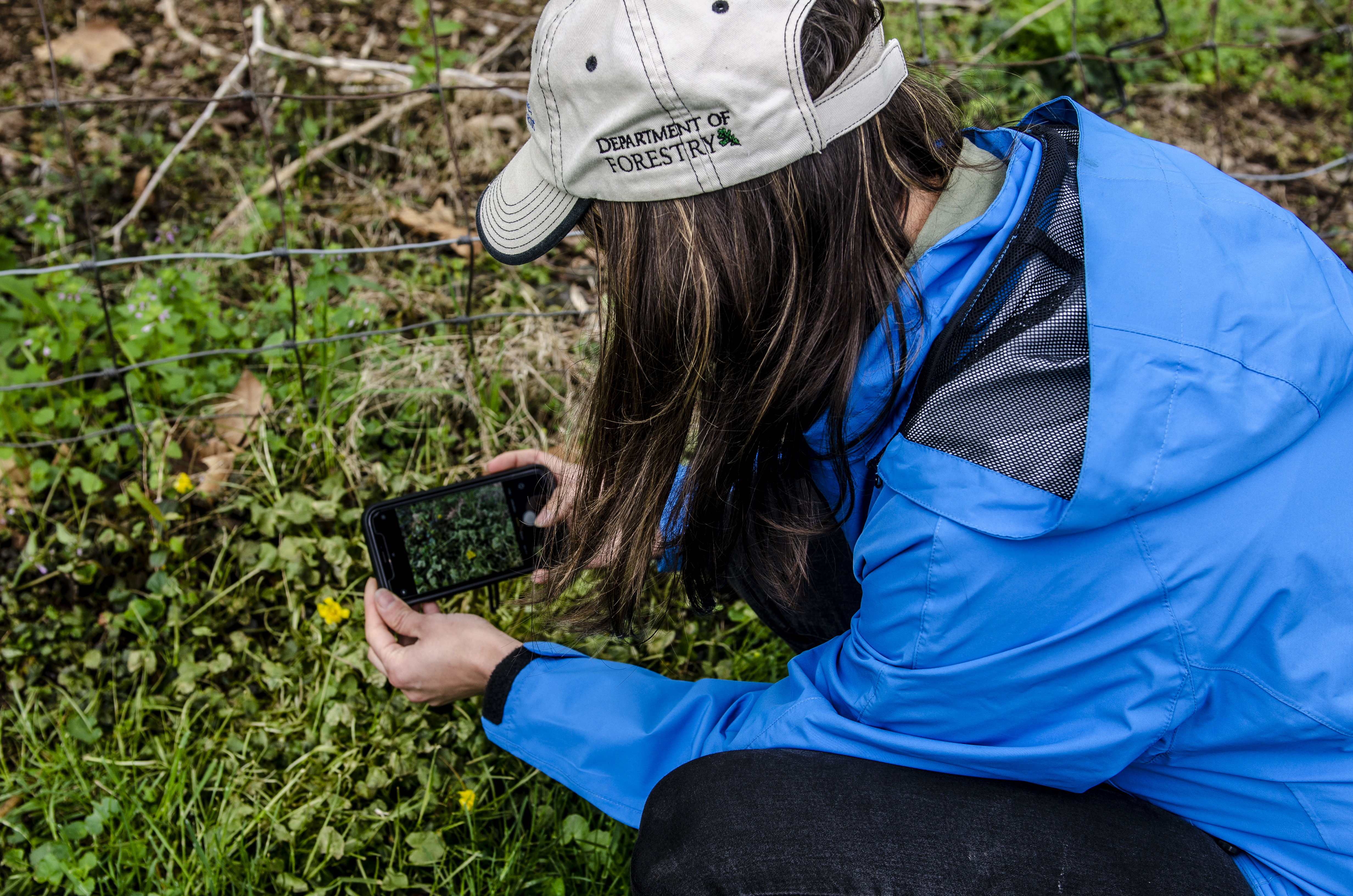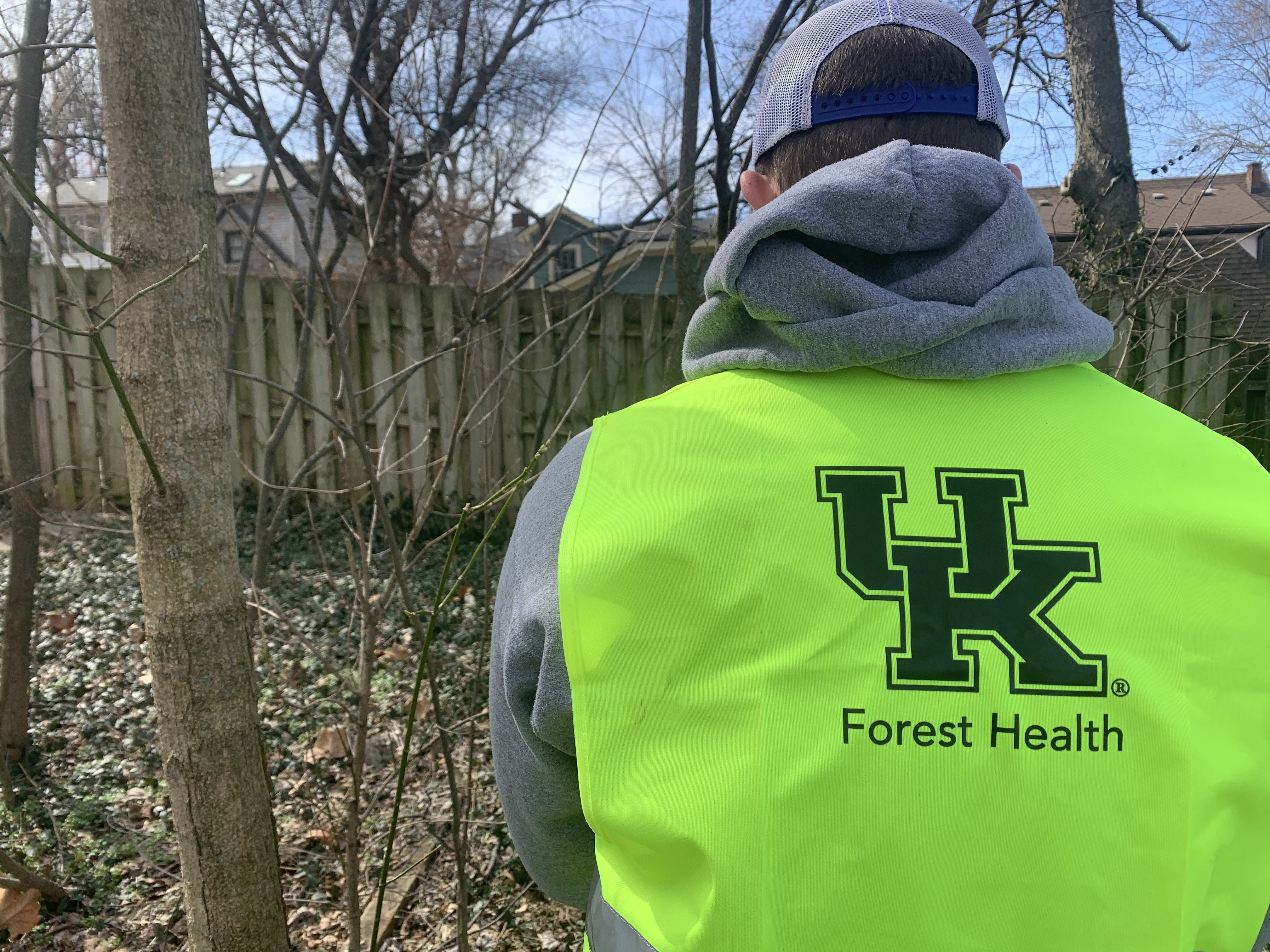Invasive plants are headache for woodland and landscape management
Invasive plants are headache for woodland and landscape management
Managing for invasive species in The Arboretum Woods is an ongoing task, requiring research and a lot of elbow grease. The Arboretum Woods is a remnant inner Bluegrass woodland with an interesting history of being mowed and grazed a long time ago, when UK had an agricultural experiment station on the property.
Once those practices were stopped, bush honeysuckle swifty invaded the area. A push in the early 2000s succeeded in eliminating much of the honeysuckle, but wintercreeper and other invasive speces were waiting for their chance to emerge. Woodland owners, even homeowners, can learn from the research going on in the UK Department of Forestry and Natural Resources and The Arboretum to eradicate nonnative, invasive species and promote native species that support our wildlife.
